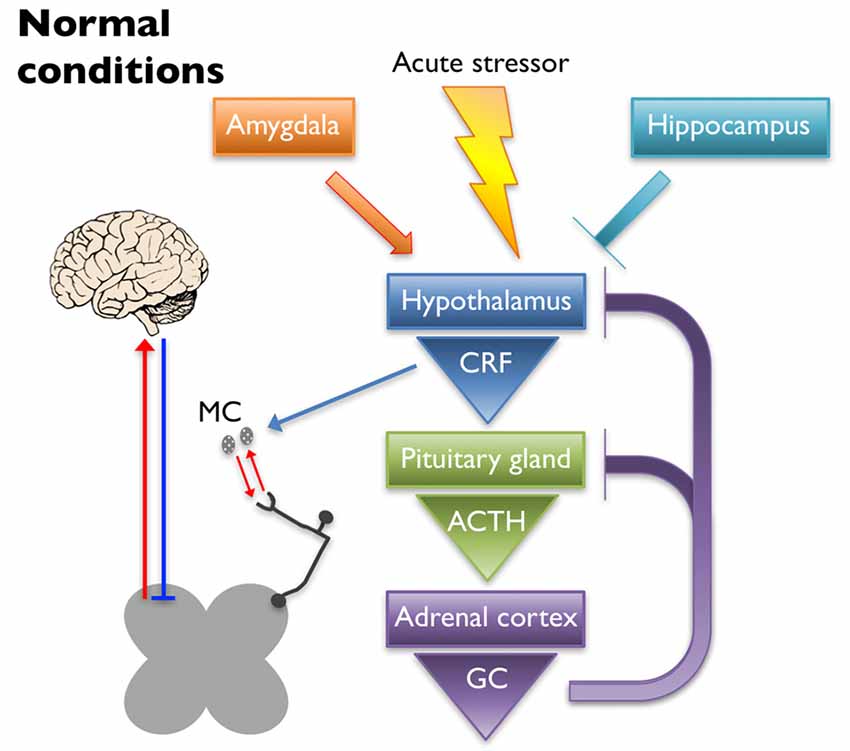Low Back Pain in Primary Care: A Description of 1250 Patients
Low Back Pain in Primary Care: A Description of 1250 Patients with Low Back Pain in Danish General and Chiropractic Practice
SOURCE: Int J Family Med. 2014 (Nov 4); 2014: 106102 ~ FULL TEXT
Lise Hestbaek, Anders Munck, Lisbeth Hartvigsen,
Dorte Ejg Jarbøl, Jens Søndergaard, and Alice Kongsted
Department of Sports Science and Clinical Biomechanics,
University of Southern Denmark,
5230 Odense, Denmark
l.hestbaek@nikkb.dk
Study Design. Baseline description of a multicenter cohort study.
Objective. To describe patients with low back pain (LBP) in both chiropractic and general practice in Denmark.
Background. To optimize standards of care in the primary healthcare sector, detailed knowledge of the patient populations in different settings is needed. In Denmark, most LBP-patients access primary healthcare through chiropractic or general practice.
Methods. Chiropractors and general practitioners recruited adult patients seeking care for LBP. Extensive baseline questionnaires were obtained and descriptive analyses presented separately for general and chiropractic practice patients, Mann-Whitney rank sum test and Pearson’s chi-square test, were used to test for differences between the two populations.
There are more articles like this @ our:


